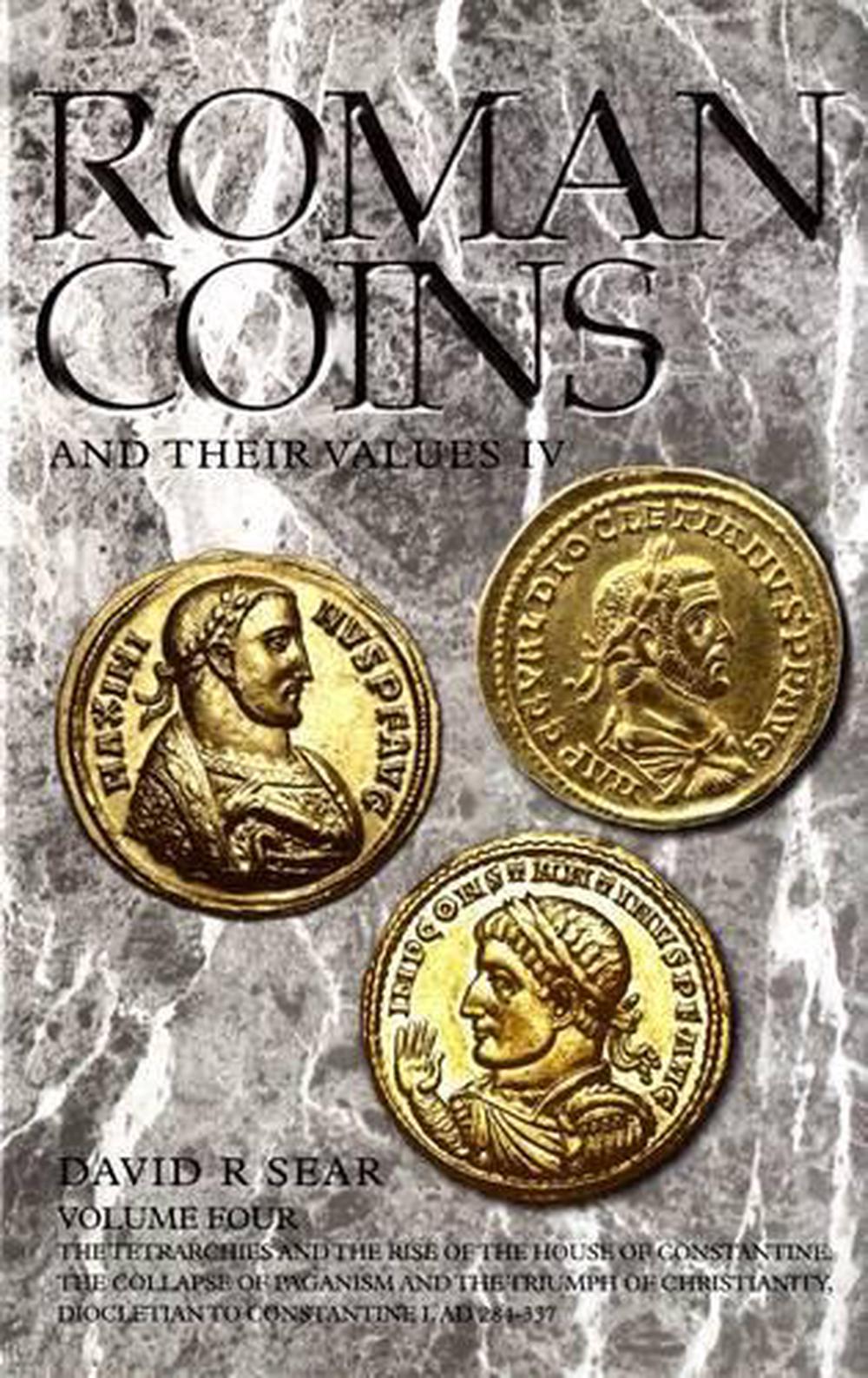

If you'd like to publicize your coins for sale on eBay please use /r/CoinBay instead. Please just try to not be annoying about it. It's also fine to offer to buy and sell ancient and medieval coins here and discuss sales taking place on /r/CoinSales and on It's fine to publicize your own ancient and medieval coin-related blogs, websites, YouTube channels, etc. Link to original "Post your gallery" thread. Among other things it contains links to galleries of some of our members' coins. Please contact us via modmail if you think there's a problem.Ĭan be found here. This usually shouldn't take more than 2 or 3 hours, and certainly no more than 24.

If you are posting from a relatively new account and/or one low in karma your post will need to be manually approved. This is a relatively small and slow-moving subreddit, so it may take a little while to get answers to your questions. Use an album/gallery to show multiple photos of the same coin(s). Please DON'T make more than one post for the same coin or group of coins unless asked specifically by a moderator. You can host the photos using the imgur app or by going to to make an album/gallery of them. If you would like our help in identifying a specimen PLEASE HELP US HELP YOU BY POSTING PHOTOS OF BOTH SIDES OF THE COIN and preferably photos of its edge as well. Posting non-coin antiquities is also OK, but we may not be able to tell you much about them. J M Jones, A Dictionary of Ancient Roman Coins (1998) * - A good source of basic information about the denominations, inscriptions, imperial titles, personifications, deities and everything linked to Roman coins.This is the place to show off and discuss ancient and medieval coins from around the world, as well as to post links to articles and other references about them. J Casey & R Reece (eds.), Coins and the Archaeologist (Seaby, 1988) - A good introduction to the study of numismatics. R A Abdy, Romano-British coin hoards (Shire Archaeology, 2002) - An excellent introduction to coin hoards in Roman Britain and readily available for just £5.99. It also contains lots of useful pictures and lists. R Reece, The Coinage of Roman Britain (Tempus, 2002) * - A good introduction to Roman coins found in this country, coin hoards and site finds (only £10).Ī Marsden, Roman Coins Found in Britain (Greenlight, 2001) * - A useful beginner's guide to Roman coins, with helpful section on copies and forgery. It is particularly effective for the identification of 4 th century copper-alloy coins and is a bargain at just £9.99. R Reece & S James, Identifying Roman Coins, second edition (Spink, 2000) * - This is an excellent guide for the beginner with line drawing illustrations (misleadingly all drawn to the same size). It benefits from providing RRC and RIC references (for all Roman Republican and Roman Imperial coins respectively). It is less comprehensive than RRC and RIC, but significantly cheaper at £40 per volume. D R Sear, Roman Coins and their Values volumes I and II (III in production) (Spink) * - This is the standard collector's handbook.However, it is condensed, difficult to use and poorly illustrated. R A G Carson, P V Hill and J P C Kent, Late Roman Bronze Coinage (Spink, 1960) - Within only 115 pages LRBC lists all bronze coins minted between AD 324 and 498 (covered in 4 volumes of RIC ).It is in many ways easier to use, but it only goes down to AD 238. H Mattingly & R A G Carson, Coins of the Roman Empire in the British Museum, volumes 1-6 (British Museum, 1923-62)īMC has more illustrations and information than RIC.Again Sear provides a cheaper alternative. At a cost £630 for the complete set, RIC is beyond most budgets. Some of the volumes, especially V ( AD 253-94) are now outdated and all suffer from a limited number of illustrations.



 0 kommentar(er)
0 kommentar(er)
